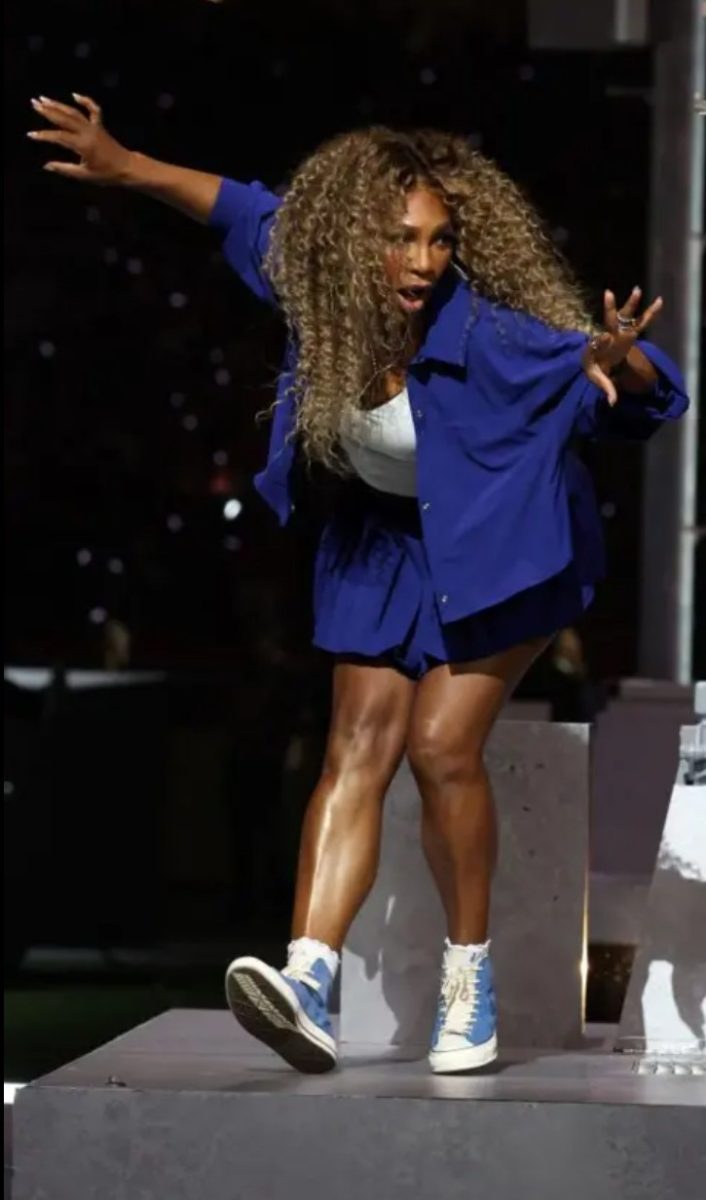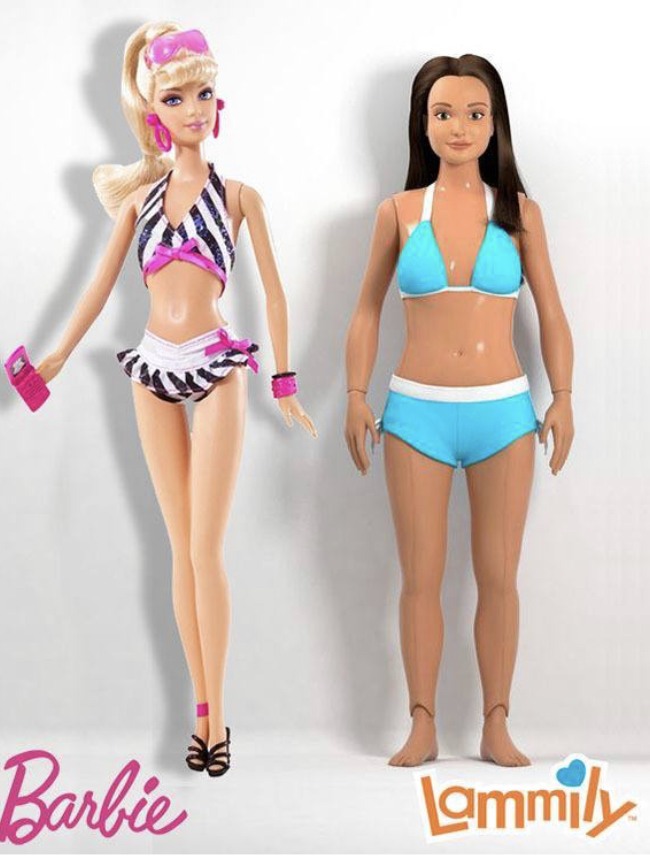Gift-Giving and Self-Perception
The stark comparison between the features of Mattel’s Barbie doll and the “Lammily” doll. The Lammily doll was created by Nickolay Lamm in 2014, to promote the acceptance of realistic body proportions.
December 14, 2019
As the holiday season approaches, so does the season of gift-giving. Gift-giving is a deep-rooted holiday tradition that branched out from its religious origins, and millions of presents are distributed every year in the United States alone. For those millions of children, any presents unwrapped on Christmas Day may have a significant but unforeseen impact on their future.
Toys, books, dolls, and games all contribute to a lasting effect on the development of a child’s mindset. When children are surrounded by toys, they begin to form the foundation of their beliefs around those toys. With such influence, psychologist Amber Hewitt says that it is important that children “see themselves reflected in what they interact with.”
This means that children need toys that break down traditional gender domains and diversify the current Caucasian default.
As of now, gender stereotypes continue to dominate the toy industry. The stereotypes do not go unnoticed, and Ava Curran (9) comments that “companies are targeting the ‘boyish’ toys towards the male children and vice versa with the girls.” After all, who is more likely to receive the Nerf toy brand: the son or daughter? These assumptions are the “repetitive, stereotypical images” identified by professor of communications Siobhan Smith, that “influence a child’s interpretations… of social roles.”
Similar influence can be seen in the “white bias” held by most children in the United States. The bias is such a prevalent social trend that multiple case studies were made to analyze the behavior. The most famous of these studies was the “Clark’s Doll” social experiment, done by Kenneth and Mamie Clark in the 1940s. African American children were shown two dolls; one was black and one was white. When asked certain questions, the children answered that the “nice” and “pretty” doll was the white one, and the black doll was referred to as “bad” and “ugly.” Even more surprising is that 44% of the subjects identified with the white doll.
Ethnic minorities need representation that positively affects self-perception and self-worth, unlike the biases seen in these experiments.
Some companies have taken measures in an effort to combat the racial exclusion. LEGO, for example, colored their figurines yellow because it is “a neutral color… that avoid[s] assigning a specific ethnicity.” Such efforts are undermined by critics like writer Samantha Allen, who claim yellow is simply a variation of a lighter skin tone. Allen describes the color choice as “a smokescreen [that] reflects the norms of a dominant culture under the guise of neutrality.”
Indeed, similar beliefs have been expressed as parents became aware of the impact of underrepresentation. This concern drives designers to create toys that appeal to girls, in domains often associated with boys. It encourages new designs of LEGO figurines, with an all inclusive range of skin tone. It promotes representation of physical and mental disability, one of the most marginalized of minorities. It even prompted the release of a new kind of doll, the kind that has realistic body proportions.
When compared to the time of the Clark’s Doll test, it is obvious that the diversity of toys has made way to a more inclusive industry. “There has been some progress,” says sociologist Elizabeth Sweet, “but there is a lot of work that needs to be done.”





































